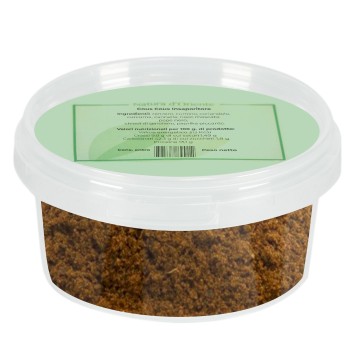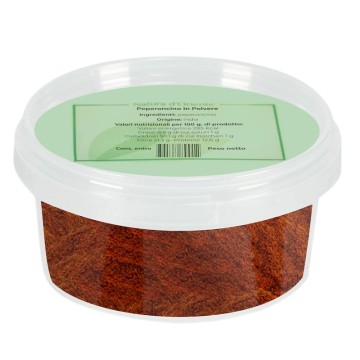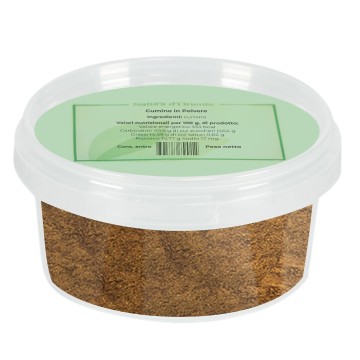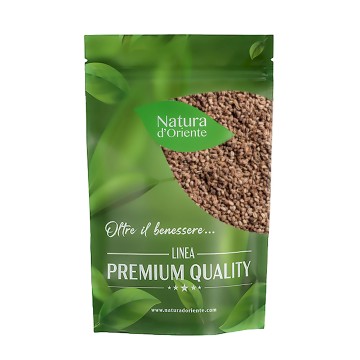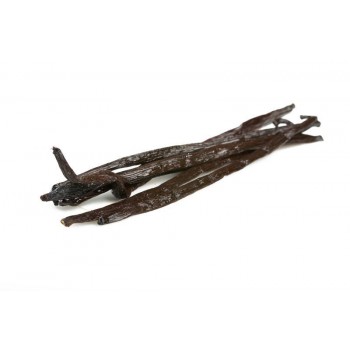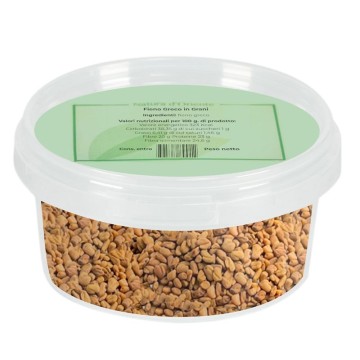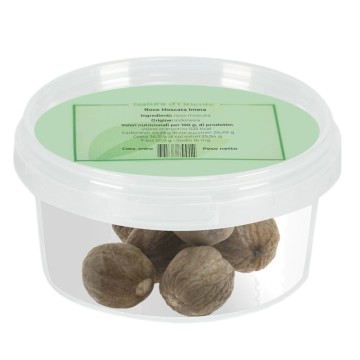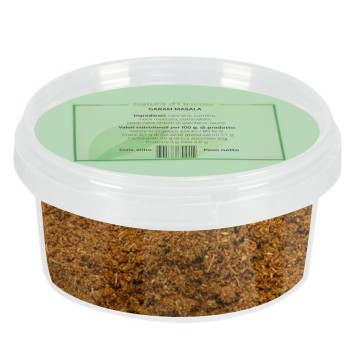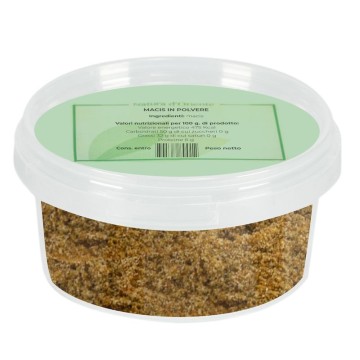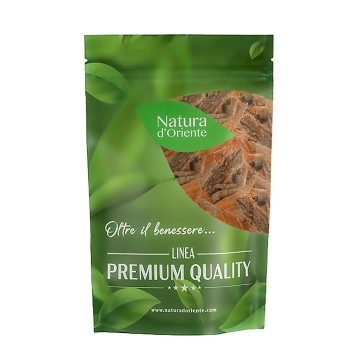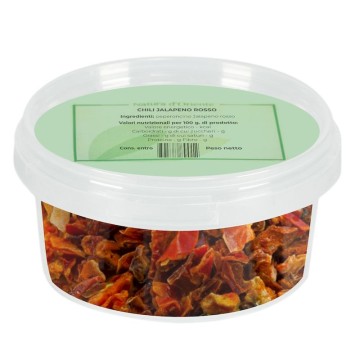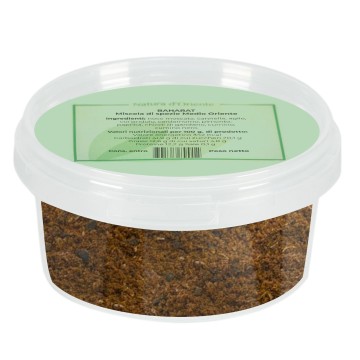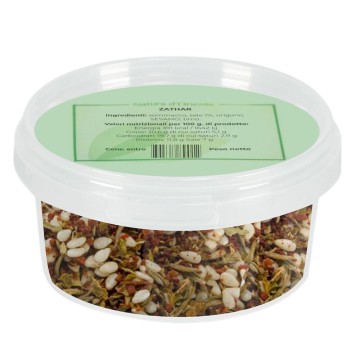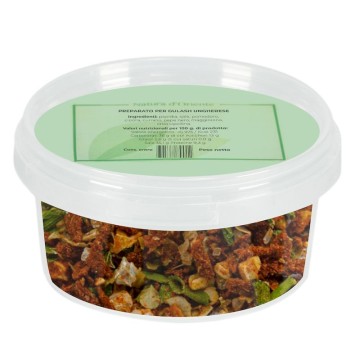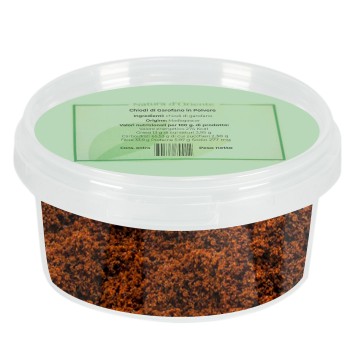The most prized version, Ceylon cinnamon, is a precious spice in the kitchen for its sweet and delicate taste, with a complex flavor, with floral notes and nuances that evoke nails of carnation. Due to its less pungent flavor profile and characteristic musky aroma, cinnamon is used in cuisines around the world for many sweet and savory dishes. Especially in the preparation of hot drinks, biscuits, pastry creams and baked goods. This version of long Ceylon Cinnamon is considered important in recipes where it is necessary to use whole sticks, which enhance both the smell and the taste. Cinnamon is often used in desserts and baked goods, as the warm flavor pairs well with sugar in the preparation of custards, cookies, desserts, puddings, crepes and pancakes. It also goes well with savory dishes such as meat and stews, and is exquisite for flavoring traditional Christmas desserts and hot drinks, and is also effective in blends of other spices. Unlike ground cinnamon, the stick version of the bark can be eaten as if it were a stick of licorice.
Ceylon cinnamon: what properties and benefits?
In addition to its delicate taste, this variety of cinnamon is traditionally known for its beneficial qualities on our body. It contains more beta-carotene, antioxidants and minerals than cassia cinnamon and is considered a digestive spice.
Promotes the regularity of intestinal transit and the elimination of excess gas. Some of the elements in Ceylon cinnamon help the assimilation of food during the digestive process, avoiding the appearance of abdominal swelling.
The substance contained in cinnamon, cinnamaldehyde, has natural purifying and astringent qualities that promote the well-being of the stomach and the intestine. This is why it has historically been used as a detoxifying spice.
Cinnamon represents a source of antioxidants, given that it has a high concentration of polyphenols - compounds that help counteract oxidative stress and cellular damage. It may be useful to include cinnamon in a slimming diet, due to its action on carbohydrate metabolism. It is being researched for the possibility of influencing better blood sugar management. The spice contains an antioxidant compound, which acts on the absorption of glucose after meals.
Moreover, it gives a sense of satiety with its intense flavor and aroma. These virtues make Ceylon cinnamon an ally for slimming diets, if used as part of a correct and balanced diet.
Thanks to its purifying properties, cinnamon helps to counteract irritation of the oral cavity and gums. In fact, it was also known in popular culture to soothe sore throats and colds in infusions. Furthermore, long Ceylon cinnamon sticks have historically been used to perfume rooms.
How to use long cinnamon in the kitchen
Ceylon variety cinnamon has a quality considered superior to others. The soil and climate conditions, and the harvesting and production methods, make this cinnamon unique in quality, color, flavor and aroma.
Whole Ceylon cinnamon sticks are aromatic, with a sweet and woody taste, warm and pleasant in many recipes. When used in small quantities, they can add depth of flavor to any dish without overpowering the other ingredients. For this reason, it must be dosed carefully. The version of cinnamon in long sticks is useful for being successfully inserted into infusions and creams. Compared to the powdered version, it ensures a persistent aroma and for this reason whole long cinnamon is highly appreciated in dishes or drinks that release its scent in a strong way.
The consistency of whole cinnamon enhances the aroma when combined with hot liquids, in which it is left to infuse for a set time; or it should be added before they come to the boil. Excellent for flavoring milk, tea, punch, infusions, it is perfect in hot chocolate. As an addition to mulled wine and cup of coffee, you can use long cinnamon sticks, also suitable for liqueurs, honey, syrup or even for flavoring water.
Dried cinnamon can be used for infusions by leaving ½ stick to infuse in hot water (about 100 °C) for about 5 minutes. Savory recipes: You can add a stick of Ceylon cinnamon for a touch of exotic and spicy flavor to savory dishes such as stews, soups and roasted vegetables to give. It makes its aroma in broth and in various recipes inspired by oriental tradition. Flavor seconds moreacts as meat stew, and is part of the ingredients for marinating meat together with other spices and aromatic herbs. It is also used in oriental recipes in fish dishes and in sauces for rice. In several recipes for creams or fillings, the cinnamon stick is left whole during cooking. The method is used to flavor basmati rice, to which a cinnamon stick is added to the pot during cooking – it will release the oil into the rice. Desserts: Long cinnamon sticks can make a classic apple pie or other dessert tangy and aromatic, ground and mixed with the other ingredients. For breakfast you can use it in smoothies or yogurt by crumbling it in the blender. It is possible to start from the cinnamon sticks and pulverize or grind them, giving the desired size using a grater or grinder. Once pulverized it does not retain its aroma for long so it should be used immediately.
Origins and history of cultivation
Cinnamon is a spice obtained from the internal layer of the bark of an evergreen tree, Cinnamomum zeylanicum, native to the island of Ceylon (Sri Lanka).
Present in Indian subcontinent for centuries, cinnamon has been used in the East both as a culinary ingredient and for therapeutic purposes in folk medicine.
Also known as true cinnamon, today this variety has spread to many regions of southern Asia, as well as the territories of Madagascar and the Seychelles islands.
It is obtained from the internal bark of the tree which, when shaved by stump, curls and naturally takes on a spiral shape – the cinnamon sticks we know. The processing method continues by drying the cinnamon, whole bark, which will be cut into smaller segments for long or short cinnamon sticks; alternatively, it is transformed into a fine powder. The long Ceylon cinnamon in this version, therefore, comes directly from the plant and has not been ground.
In the Indian tradition this spice is an important part of Ayurvedic medicine, used for thousands of years on foods, to treat indigestion and gastrointestinal disorders, as well as problems related to the respiratory tract.
It was already known to the Egyptians in 3000 BC when they used cinnamon as a perfume for embalming, and then spread as a prized spice in the Middle East. It is mentioned in the Bible among the aromas used by Moses to consecrate the temple.
Known throughout the East and then in the West as a meat preservative, it was brought to Europe by Arab traders via caravans along the roads that connected East and West. It became popular with the Greeks and Romans and was considered a valuable and expensive spice until the Renaissance. It was used in royal and noble kitchens, often combined with pepper to flavor game and some desserts. The Arabs kept the origin of cinnamon hidden until geographical discoveries led explorers to identify the Indian islands from which it came.
In the sixteenth century the Portuguese found it in Ceylon (Sri Lanka), starting to spread it, and other explorers and traders (Dutch, English and French) also introduced it to Europe at increasingly accessible prices. At the end of the eighteenth century, the cultivation of cinnamon was introduced in the Seychelles and Madagascar. Over time, the Ceylon cinnamon variety was cultivated in America between Brazil, the Caribbean and Jamaica; it reached the Fiji islands and French Polynesia, and today it is also cultivated in Indonesia, Java, Malaysia and Sumatra.
Later cinnamon became a usual ingredient in gastronomy, and in the nineteenth century it was part of the 4 main spices in recipes most common, along with pepper, nutmeg and cloves.
The plant
The Ceylon cinnamon tree is Cinnamomum zeylanicum, an evergreen bushy plant of the Lauraceae family, with a bark with aromatic qualities. The bark is cracked and has a light brown color, with a thin and crumbly peel - characteristics that we find in whole cinnamon sticks.
The tree grows well in moist, well-drained soil, and can reach around 15 meters in height. The oval leaves with margins are red when young and turn towards intense green when ripe. The small flowers are greenish to yellow, while the fruit is a dark drupe.
There are hundreds of local varieties of cinnamon, although the species is divided into two main categories: Ceylon and cassia. The Ceylon version of cinnamon is called "the true cinnamon", while Cassia cinnamons can come from China (Cinnamomum cassia or cassia), Vietnam (Cinnamomum loureirii or Saigon) or Indonesia (Cinnamomum burmannii or korintje), olacts as meat stew, and is part of the ingredients for marinating meat together with other spices and aromatic herbs. It is also used in oriental recipes in fish dishes and in sauces for rice. In several recipes for creams or fillings, the cinnamon stick is left whole during cooking. The method is used to flavor basmati rice, to which a cinnamon stick is added to the pot during cooking – it will release the oil into the rice. Desserts: Long cinnamon sticks can make a classic apple pie or other dessert tangy and aromatic, ground and mixed with the other ingredients. For breakfast you can use it in smoothies or yogurt by crumbling it in the blender. It is possible to start from the cinnamon sticks and pulverize or grind them, giving the desired size using a grater or grinder. Once pulverized it does not retain its aroma for long so it should be used immediately.
Origins and history of cultivation
Cinnamon is a spice obtained from the internal layer of the bark of an evergreen tree, Cinnamomum zeylanicum, native to the island of Ceylon (Sri Lanka).
Present in Indian subcontinent for centuries, cinnamon has been used in the East both as a culinary ingredient and for therapeutic purposes in folk medicine.
Also known as true cinnamon, today this variety has spread to many regions of southern Asia, as well as the territories of Madagascar and the Seychelles islands.
It is obtained from the internal bark of the tree which, when shaved by stump, curls and naturally takes on a spiral shape – the cinnamon sticks we know. The processing method continues by drying the cinnamon, whole bark, which will be cut into smaller segments for long or short cinnamon sticks; alternatively, it is transformed into a fine powder. The long Ceylon cinnamon in this version, therefore, comes directly from the plant and has not been ground.
In the Indian tradition this spice is an important part of Ayurvedic medicine, used for thousands of years on foods, to treat indigestion and gastrointestinal disorders, as well as problems related to the respiratory tract.
It was already known to the Egyptians in 3000 BC when they used cinnamon as a perfume for embalming, and then spread as a prized spice in the Middle East. It is mentioned in the Bible among the aromas used by Moses to consecrate the temple.
Known throughout the East and then in the West as a meat preservative, it was brought to Europe by Arab traders via caravans along the roads that connected East and West. It became popular with the Greeks and Romans and was considered a valuable and expensive spice until the Renaissance. It was used in royal and noble kitchens, often combined with pepper to flavor game and some desserts. The Arabs kept the origin of cinnamon hidden until geographical discoveries led explorers to identify the Indian islands from which it came.
In the sixteenth century the Portuguese found it in Ceylon (Sri Lanka), starting to spread it, and other explorers and traders (Dutch, English and French) also introduced it to Europe at increasingly accessible prices. At the end of the eighteenth century, the cultivation of cinnamon was introduced in the Seychelles and Madagascar. Over time, the Ceylon cinnamon variety was cultivated in America between Brazil, the Caribbean and Jamaica; it reached the Fiji islands and French Polynesia, and today it is also cultivated in Indonesia, Java, Malaysia and Sumatra.
Later cinnamon became a usual ingredient in gastronomy, and in the nineteenth century it was part of the 4 main spices in recipes most common, along with pepper, nutmeg and cloves.
Nutritional values of cinnamon powder
The best-known compound in Ceylon cinnamon is cinnamaldehyde (60-80% volatile oils), which gives cinnamon its spicy scent. It is also rich in polyphenols and tannins, minerals such as manganese and iron, vitamins A, C, K and group B vitamins.
Cinnamon: side effects and contraindications
Ceylon cinnamon does not have the potential side effects associated with cassia cinnamon, but it does contain the compound cinnamaldehyde, which can trigger an allergic reaction if taken in excessive quantities . Some people may experience burning or itching sensations, sores in the mouth, swelling of the tongue or gums. Furthermore, if consumed in excess, cinnamon can be irritating to the throat and oral cavity. Caution is advisable both for any allergies of which you are aware, and for pregnant and breastfeeding women.

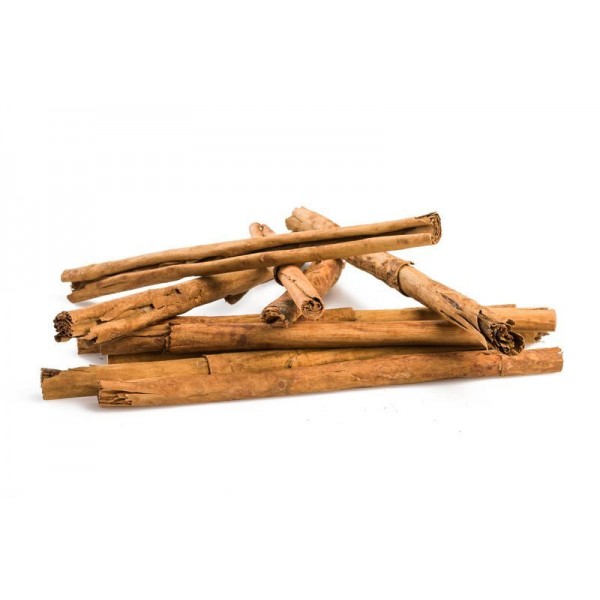



 No reward points for this product.
No reward points for this product.
